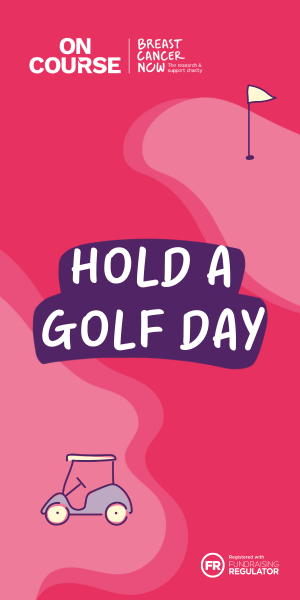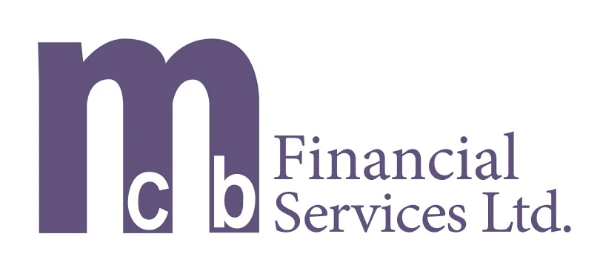Kinesio tape is often seen adorning the arms, legs and torsos of many top athletes. W&G asked Andrew Caldwell how tape helps the injured golfer.

Kinesio tape is often seen adorning the arms, legs and torsos of many top athletes to help reduce swelling, pain or stiffness, delay muscle fatigue and improve posture and performance. So how does this tape help the injured golfer? W&G asked Andrew Caldwell of the Active Therapy Physiotherapy & Sports Injury Clinic and Rocktape Instructor.
What are the most common areas that golfers use the tape for?
The most prevalent injury in both the amateur and professional golfer is spinal pain (low back and neck pain). This accounts for approximately 60% of lost time from injury seen on the European Tour (Smith & Hillman 2010). When we then start to look at amateurs the elbow and shoulder closely follow and in professionals, wrist injuries are the next most prevalent injury group. In the non-symptomatic sub group of golfers I also use Rocktape for awareness of trunk on pelvis alignment and some powertaping applications to work on improving active range of rotational range of motion.
Are there any case studies of women golfers using the tape that have seen an improvement to their game?
Not that I am directly aware of from a game improvement perspective that would be purely anecdotal at case study level and therefore does not carry a high weight of evidence degree other than for that specific individual. Kinesiology taping is a modality of treatment used on all major tours including PGA, European and LET tours in the treatment of players and forms a multi-modal approach to injury management. Reduced pain and improved movement patterns, which facilitate technical development through coaching, can result in improved outcomes on the course/during practice.
What is the major difference between using the tape and other types of treatment?
Rocktape/Kinesiology is rarely used as a stand-alone modality of treatment and is usually combined with other treatments such as manual therapy, acupuncture, soft tissue therapy and rehabilitation programmes. As such there isn’t a ‘difference’ as kinesiology taping is an integral part of a multi-modal treatment approach used by clinicians. Kinesiology taping in this context can be adapted to suit the use of the clinician and the requirements of the athlete. This broadly falls into two categories of either pain reduction or support of functional movement specific for golf. Kinesiology taping can be used to facilitate improved alignment and movement control as an adjunct to motor control re-training/swing drills. Data on injury risk reduction has not been established in golf.
For further information visit: www.rocktape.net















